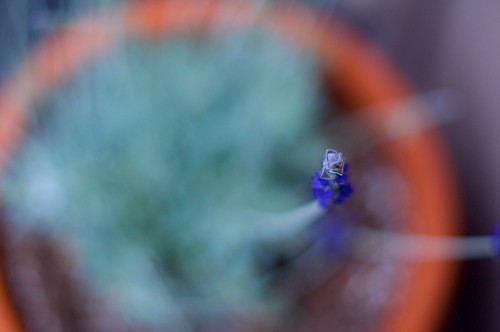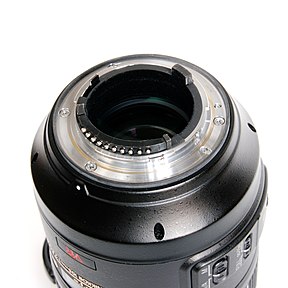DScience
No longer a newbie, moving up!
- Joined
- Apr 12, 2009
- Messages
- 1,513
- Reaction score
- 122
- Location
- Denver, CO
- Can others edit my Photos
- Photos NOT OK to edit
Hello,
I broke down (again) and sold my D60...the two zoom lenses...but, I kept my prime and got a new D90!
Since both the AF-S lens and the camera have AF motors built in, which do I use? Should I set my lens to manual focus, and let the camera do the job? Or can I leave them on autofocus? Is there a difference?
Here's a test shot, making things work.

I broke down (again) and sold my D60...the two zoom lenses...but, I kept my prime and got a new D90!
Since both the AF-S lens and the camera have AF motors built in, which do I use? Should I set my lens to manual focus, and let the camera do the job? Or can I leave them on autofocus? Is there a difference?
Here's a test shot, making things work.









![[No title]](/data/xfmg/thumbnail/37/37117-26c892e756b53ed0359fa90b7ebd99c9.jpg?1734169832)


![[No title]](/data/xfmg/thumbnail/35/35931-5e10675f3f7d827bc7ae4689f16bda8a.jpg?1734167723)
![[No title]](/data/xfmg/thumbnail/35/35932-28690c4fc247cf491230e47fc70ebeb5.jpg?1734167727)
![[No title]](/data/xfmg/thumbnail/41/41781-7dcfd2ee71d4a453b4ad9fb5c7e723f1.jpg?1734176087)
![[No title]](/data/xfmg/thumbnail/37/37114-2bba6b6cc4df1fe53588503fb35af8dd.jpg?1734169831)
![[No title]](/data/xfmg/thumbnail/41/41780-5efe87aed04575de7c09b065d70763ae.jpg?1734176085)